Photographs: Deepak Kripalani Deepak Kripalani
From Bhubaneshwar to Puri and beyond, here is the second part of Deepak Kripalani's Odisha travelogue.
Read Part One here: In the land where the Lord feasts
The beach at Puri was unspectacular but gave me what I consider a 'rare National Geographic picture'. I captured the camel just as he slipped out of the frame.
My next stop was the Gundhicha Temple at the east end of Bada Danda 2-3 km from Jagannath Temple. The Jagannath Yatra culminates there and the deities are installed in this temple for a few days before their return. It felt like being in Bengal. During the few minutes I was inside the temple, there were no other visitors.
Odisha travel: Exploring India's east coast
Image: En route to KonarkPhotographs: Deepak Kripalani
The 30 km road to Konark passes through a forest and closer there, moves along the Bay of Bengal. The cold weather, cloudy sky and pin drop silence cast an enchanting spell. I couldn't help but stop to take pictures.
Odisha travel: Exploring India's east coast
Image: The Konark Sun templePhotographs: Deepak Kripalani
Konark from Kon (corner) and Ark (sun) is a summation of all that is life or a celebration of it. Celestial beings, humans and animals are depicted in acts that range from the mundane to the sensory and the sublime.
In its present incomplete state (the sanctum collapsed in the 16th century) it is impressive enough to be a UNESCO World Heritage Site and rightly so. As Rabindranath Tagore so beautifully said of it: 'Here the language of stone surpasses the language of man'.
Odisha travel: Exploring India's east coast
Image: The Lingaraj templePhotographs: Deepak Kripalani
Bullu Maharana made a mess of my travel budget. He replaced the driver who showed me around on Day 1. It didn't take us long to strike a rapport. By the end of the day I let him plan Day 3.
This meant accepting his recommendation to visit unheard of destinations Ratnagiri and Lalitgiri 100 km to the north-east. With Bullu at the wheel, the budget had taken a back seat.
Our first stop was Lingaraj, the foremost temple in Bhubaneswar.
The main temple is set amidst a cluster of smaller ones, each architecturally striking and a work of art.
Cameras are prohibited so the main temple can only be photographed from a distance. It stands tall and is visible from as far as Dhauli Hill 8 km away.
Odisha travel: Exploring India's east coast
Image: Lions guarding temple entrances seem to be a popular theme in Orissa. Most of them have the inside paw raised. This one however was an exception.Photographs: Deepak Kripalani
Dhauli Hill was next but I shall save this high point for the last. On the way back to the city, we stopped at the river Daya. An unexpected bonus presented itself in the form of a Durga idol immersion from the bridge. Such immersions take place during Navratri and this one was clearly out of sync with the calendar.
Perhaps it was meant to make my visit a bit more memorable. I filmed it with permission from the group. The brilliant orange temple stood out from afar.
Odisha travel: Exploring India's east coast
Image: The Raja Rani templePhotographs: Deepak Kripalani
The Archaeological Survey of India has done a fantastic job of restoring and maintaining monuments in Orissa. Sites under their protection are spotlessly clean with manicured gardens around.
I visited Raja Rani, Megheswar, Brahmeswar and Bhaskareswar temples, all within walking distance of each other. Bhubaneswar is a temple city with over 2000 of them at one time. About 500 are extant. They were built roughly between the 7th and the 13th century and each is a sight to behold. Many are located around Bindu Sagar, a lake considered sacred.
Swami Das, senior waiter at the hotel didn't go by the book, or, should I say, the menu. He complied with requests, decided what was good for me and recommended Dalema in downtown Bhubaneshwar for Oriya food.
Rotis, rice, batter-fried karela rings, a cauliflower-potato dish, dal with chopped vegetables and brinjal in fermented milk, and Bullu and I were set for Chilka Lake. Spread over 740 sq km, it is the largest coastal lagoon in India and the second largest lagoon in the world.
Odisha travel: Exploring India's east coast
Image: Shanti StupaPhotographs: Deepak Kripalani
We drove south-west on NH 5 for about 100 km to Barakul on Chilka Lake. This destination attracts a lot of tourists from Bengal and many were holidaying in Barakul. The lake extends to the horizon and looks like a sea.
Given my preference for mountains and highways over beaches and sea, the drive was the destination. Imagine zipping down the coast the other side of India!
Dhauli Hill, just outside the city marks the area where the Battle of Kalinga is presumed to have been fought c 261 BC.
Ashokan Rock Edicts are engraved on a section of rock on the way up. The enclosure is neither aesthetic nor tourist-friendly.
The Shanti Stupa atop the hill constructed by the Japanese in 1972 overlooks the battlefield, the river Daya and the city in the distance. The Dhabaleswar Temple is located on the slope behind it.
To be in a place where Emperor Ashoka stood and changed the course of world history is a very, very special experience. Indian philosophy and thought spread to Asia and beyond, in the aftermath of war.
The Battle of Kalinga was the bloodiest battle in Indian history until that time. 200 000 people perished and many more were taken prisoner. The river Daya is believed to have turned red with the blood of the slain. Surveying the gory sight from atop Dhauli Hill, Ashoka was filled with remorse.
The carnage triggered what perhaps is the greatest transformation in an individual ever known. Ashoka renounced all forms of violence. From a despot with absolute right over the life of his subjects he became a benevolent ruler whose empire protected all forms of life -- human, animal and plant.
Chandashoka (Ashoka, the brutal) became Devanampriya (the beloved of the Gods). And one of the noblest men the world has seen rose from the rank of mortals to the pantheon of the semi-divine.

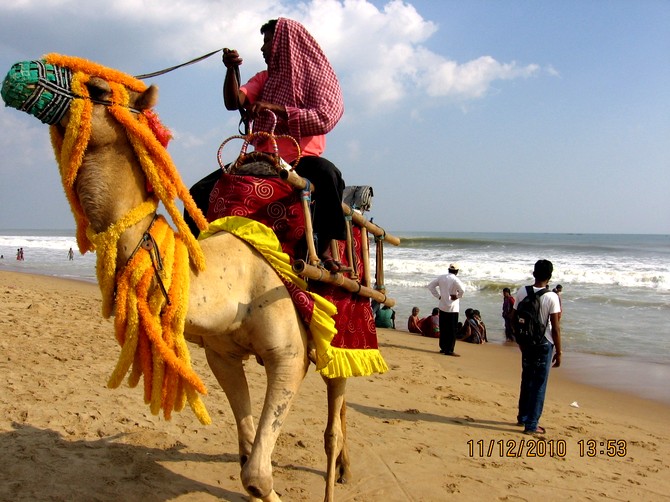
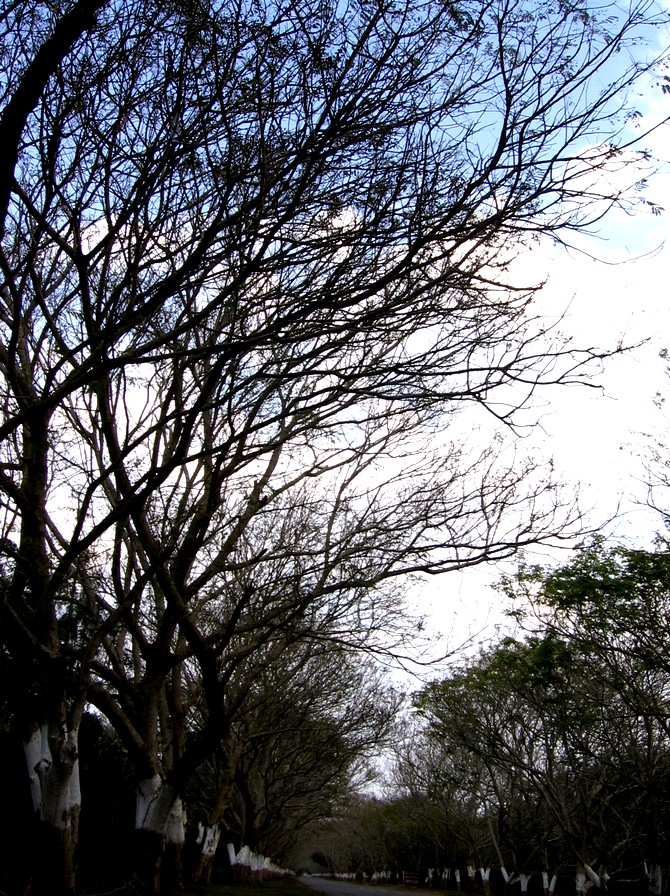
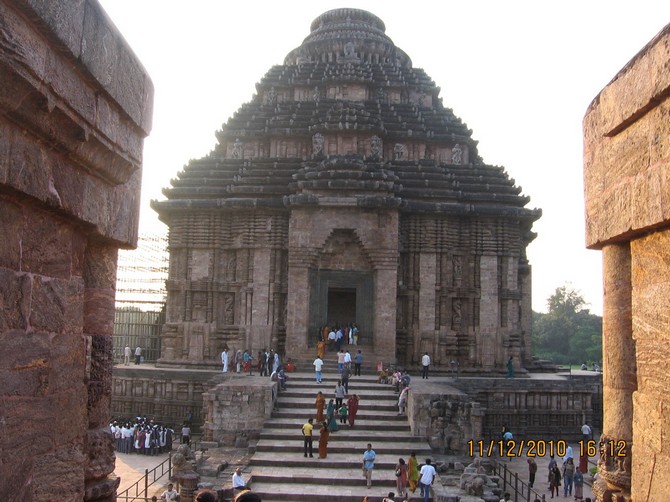
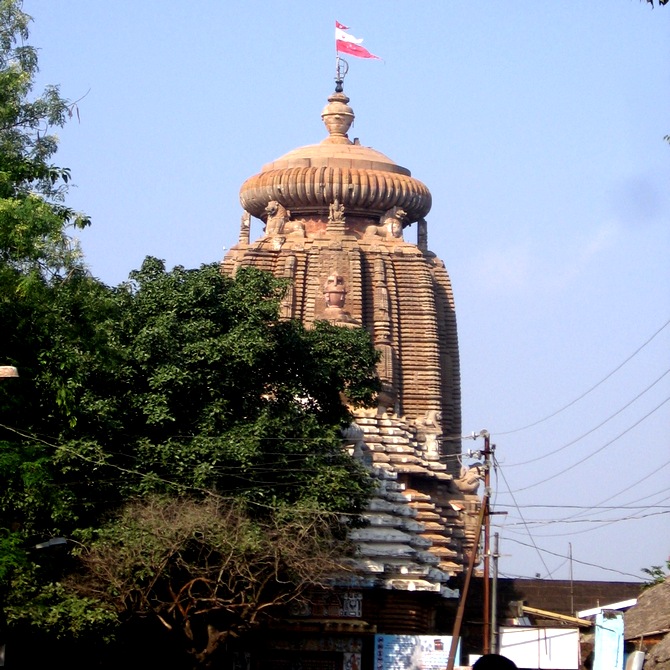
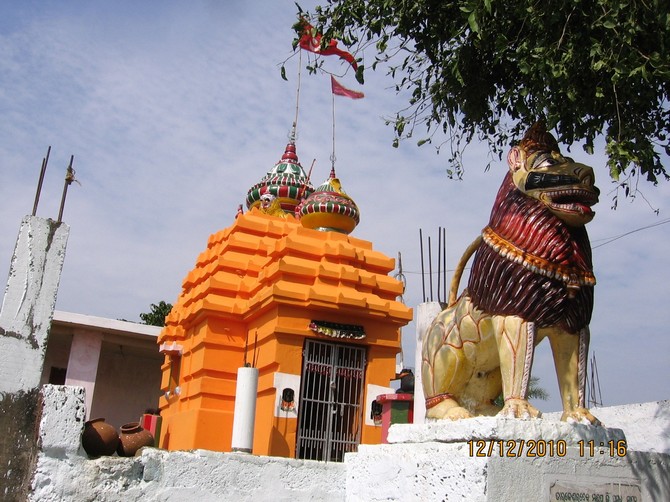
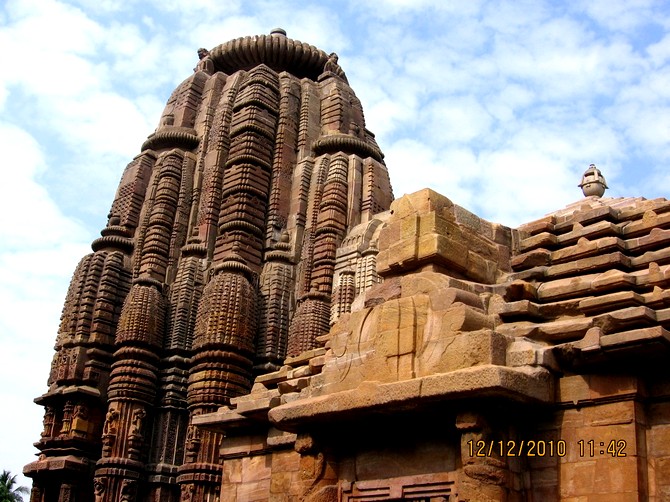

Comment
article